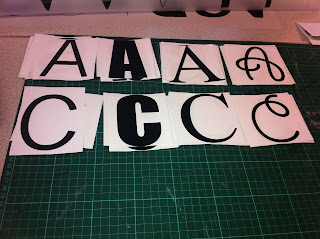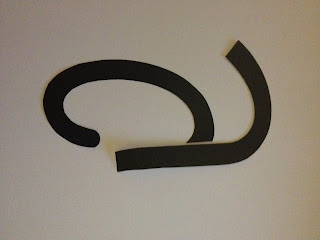These self-deception design boards portray the research I have carried out to represent 'self-deception'. I found it quite challenging to use my research to produce the finished outcomes but feel that I have managed to find a sufficient amount and will be able to revisit it again if necessary once we have been given the brief.
For my primary research I looked at plastic surgery to find out more information. This is because I feel that it was most appropriate for a question to be asked about this rather than on anorexia or bulimia or other forms of self-deception which may be a bit too personal and make people feel uncomfortable to talk about. Although it could be argued that plastic surgery and cosmetic surgery is also a touchy subject, it is slightly more lighthearted when we consider the 'lizard man' who changed his appearance to resemble an animal. I think this is quite intriguing and a little less dark and morbib than other subjects.
I asked students from my course as well as family, flatmates and the general public what they thought about plastic surgery to see whether they would have it or not. I had a lot of mixed responses and I think overall, the general opinion is only if it was needed for medical reasons or as people get older. On the other hand there were some people who said they would have it to make themselves feel more confident. This could be seen as self-deceiving as they are making themselves believe that in their current state they are not 'good enough' or attractive enough and therefore want to spend money on surgery.
I have also found imagery to portray the need for cosmetic surgery, these images are of myself and my boyfriend undergoing dental cosmetic treatment and nose surgery.
For my secondary research I found a lot of images and videos along with facts from the NHS website. I looked at four particular examples of self-deception and still feel that the plastic and cosmetic surgery is the most eye catching and almost appealing to look at as it draws attention to the unique individuals wanting to become animals. I personally found this the most interesting area to look at too which is important.
This is my directional board demonstrating four different routes I could go down. I have shown case studies of 5 different individuals with completely different reasons for having plastic surgery. For health reasons, having no choice, vanity purposes and wanting to dehumanise themselves.
























































































